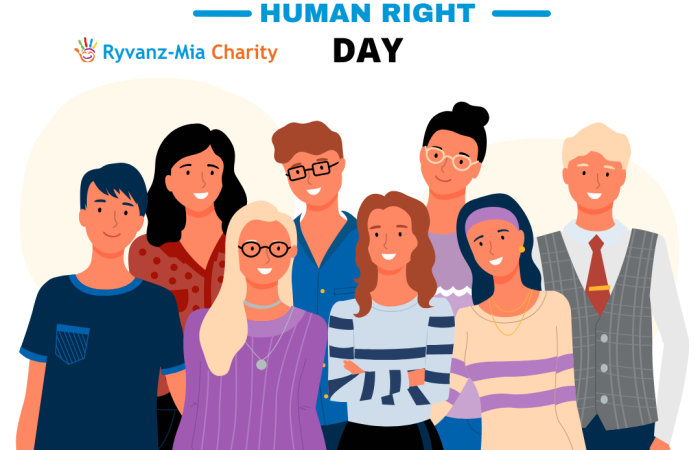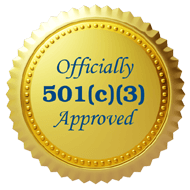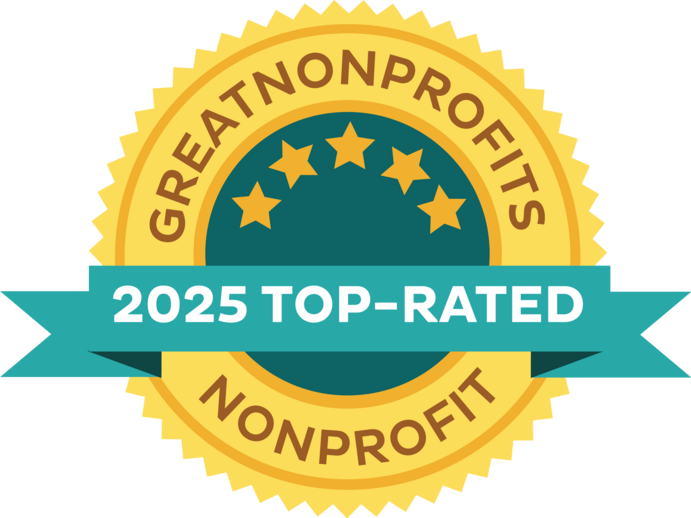Embracing Equality: Celebrating Human Rights Day
Human Rights Day, observed on December 10th each year, commemorates the day in 1948 when the United Nations General Assembly adopted the Universal Declaration of Human Rights. This historic document proclaims the inalienable rights to which every human is entitled, regardless of race, color, religion, sex, language, political or other opinion, national or social origin, property, birth, or other status.
As we honor this day, it’s imperative to reflect on the theme of equality and justice for all—a concept that remains as relevant and crucial today as it was when the declaration was first established.
Embracing Equality: The Essence of Human Rights
At the heart of Human Rights Day lies the essence of fundamental freedoms and dignity for every individual. These rights encompass civil, political, economic, social, and cultural aspects, forming the cornerstone of a just and equitable society. Transitioning from the historical context to the contemporary landscape, it’s evident that despite progress, many worldwide still grapple with the denial of these rights.
Human Rights Challenges in Achieving Equality
Transitioning into the challenges, disparities, and obstacles obstructing the realization of human rights is imperative. Discrimination, systemic inequality, poverty, gender bias, and lack of access to education and healthcare persist in various corners of the globe. Transition words such as ‘moreover’ or ‘furthermore’ can help smoothly link these challenges and emphasize their interconnected nature.
Empowerment through Advocacy and Education
Transitioning to solutions and actionable steps, empowering individuals through education and advocacy emerges as a pivotal strategy. Promoting awareness, educating communities about their rights, fostering inclusivity, and dismantling barriers through legislative measures are vital in paving the way for a fairer world.
Phrases like ‘consequently’ or ‘as a result’ can highlight the impact of these efforts in promoting equality and justice.
The Role of Collective Action
Transitioning to the role of collective action underscores the significance of collaboration among governments, civil society, and individuals. By working hand in hand, societies can amplify their voices, drive policy changes, and establish frameworks that universally safeguard and uphold human rights. Using transition phrases like ‘in addition’ or ‘in contrast’ can help articulate the complexities of collaborative efforts.
Conclusion
As we mark Human Rights Day, let us reaffirm our commitment to upholding the values enshrined in the Universal Declaration of Human Rights. Through continuous advocacy, education, and collective action, we can strive toward a world where equality, dignity, and justice are not just ideals but tangible realities for all. Each transition from one idea to the next paints a comprehensive picture of the journey toward a more just and equitable society. This journey requires ongoing dedication, perseverance, and unity.
Human Rights Day stands as a beacon of hope, urging us to stand together and champion the rights of every individual, ensuring that no one is left behind in the pursuit of a world where human rights are universally respected and upheld.







